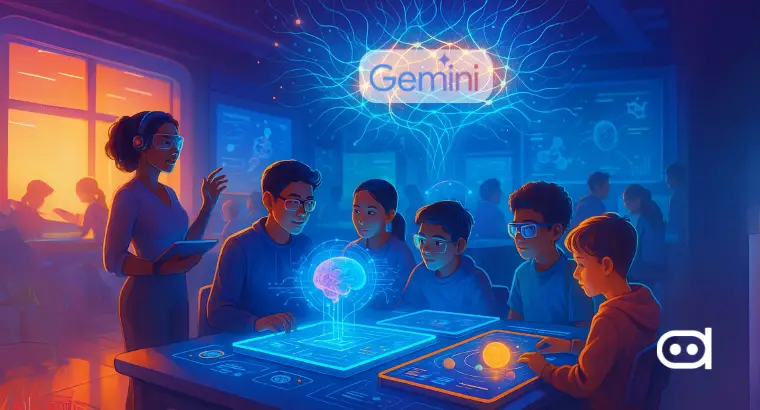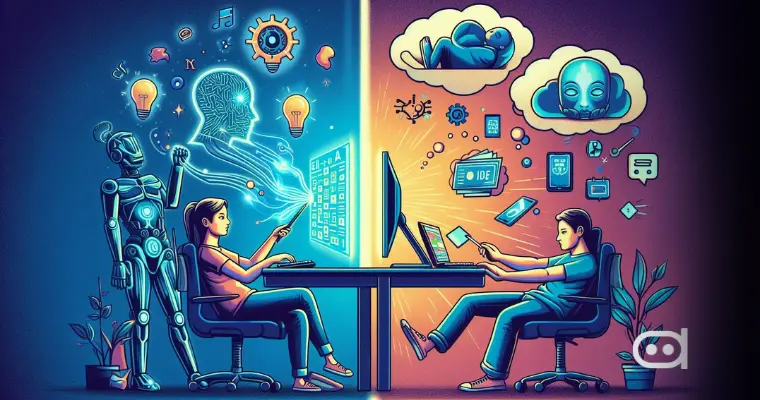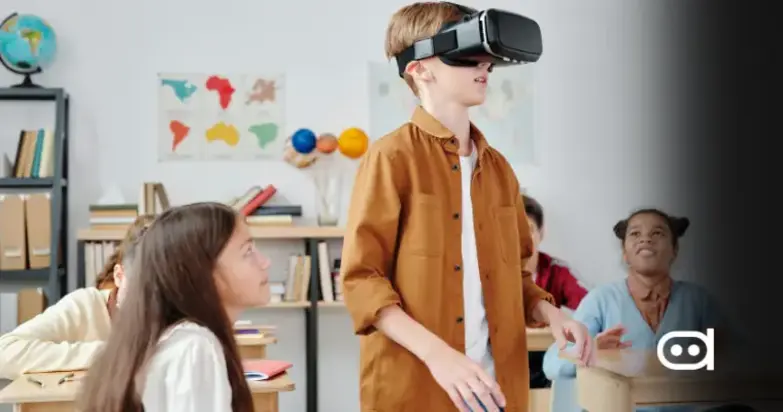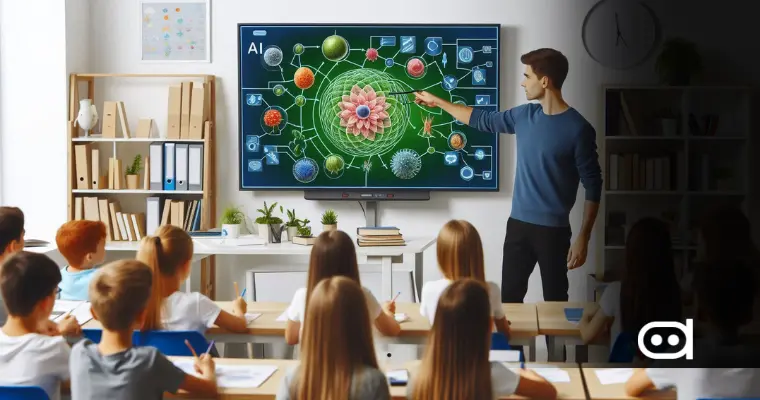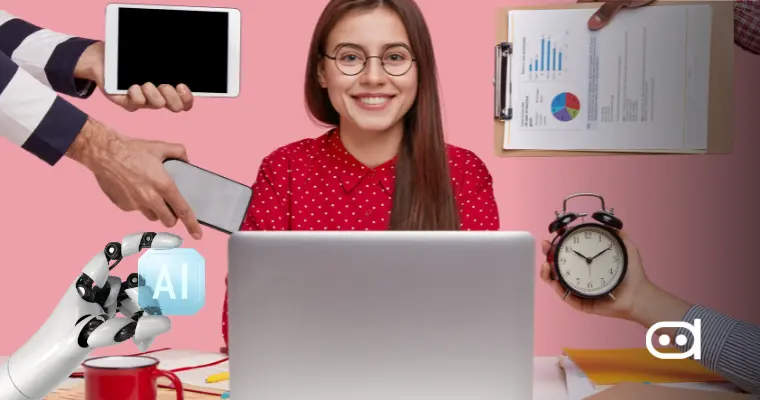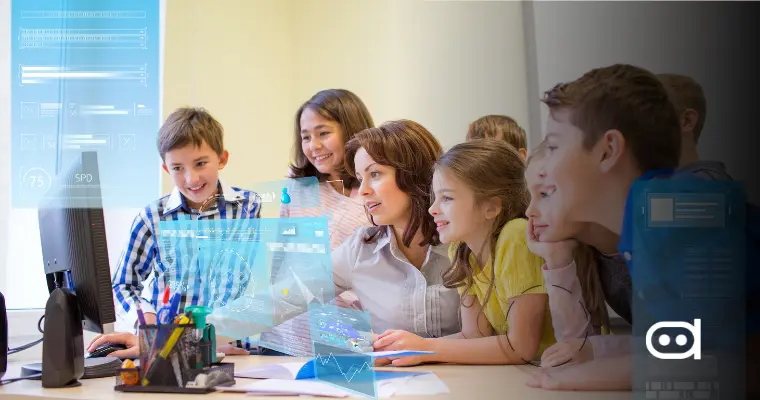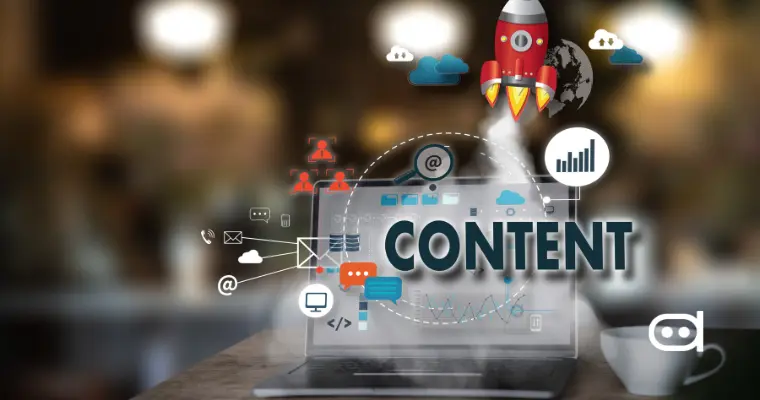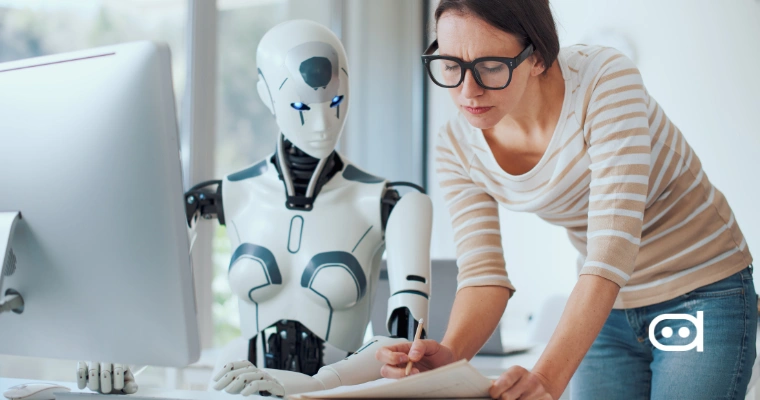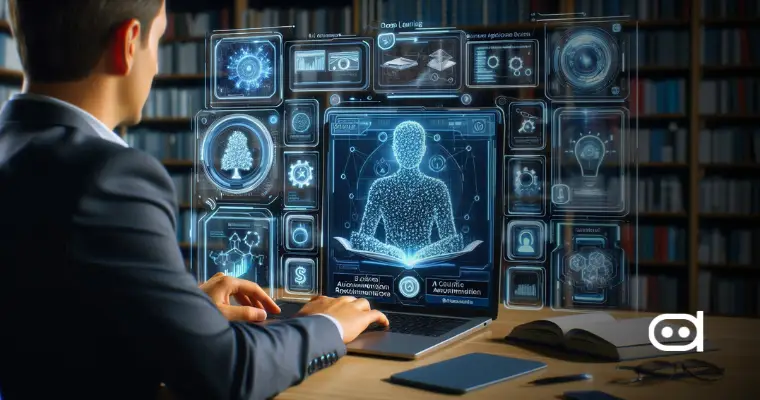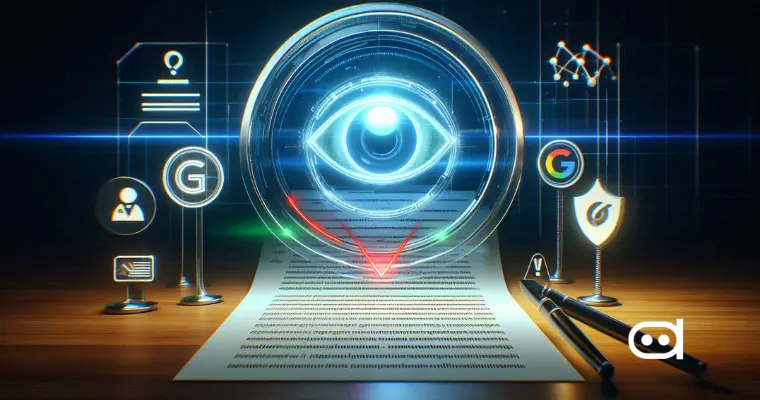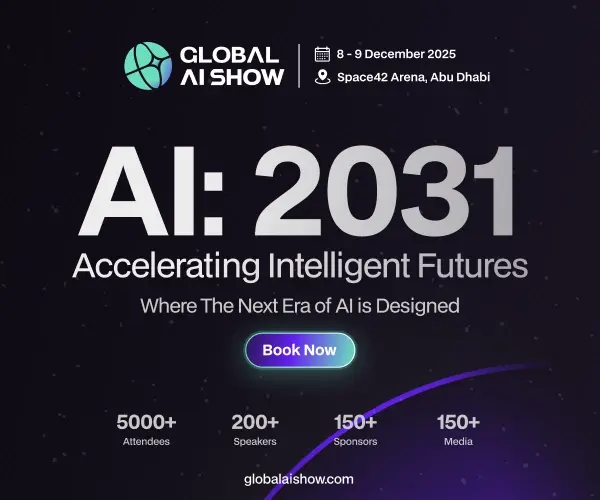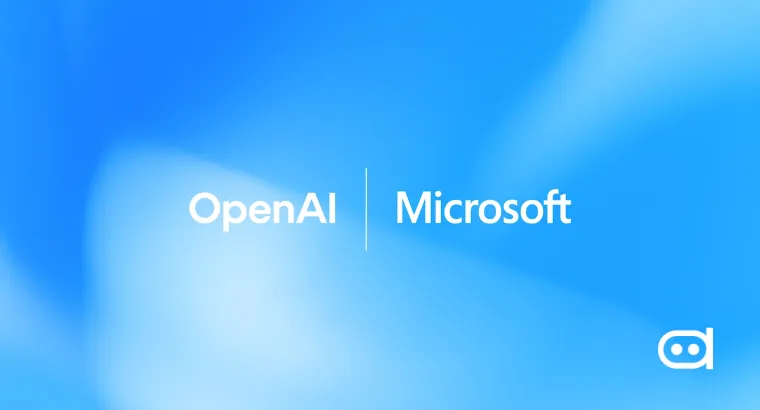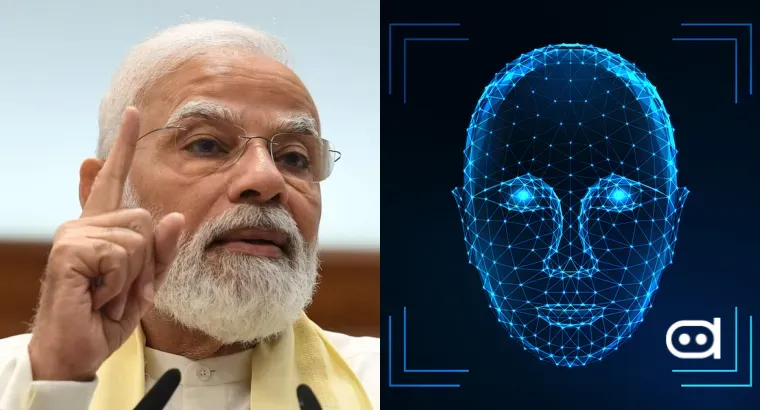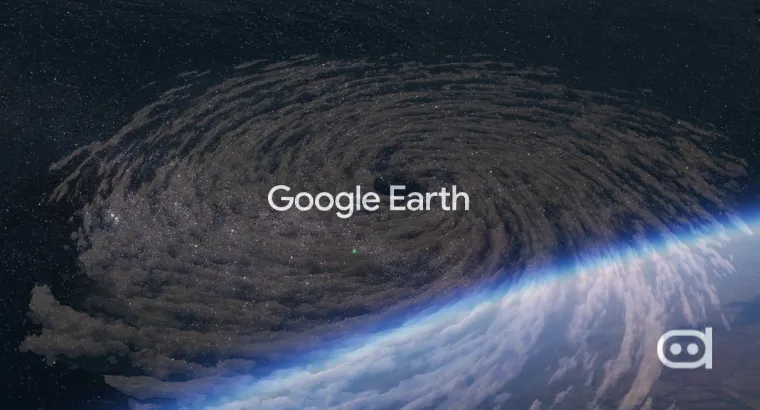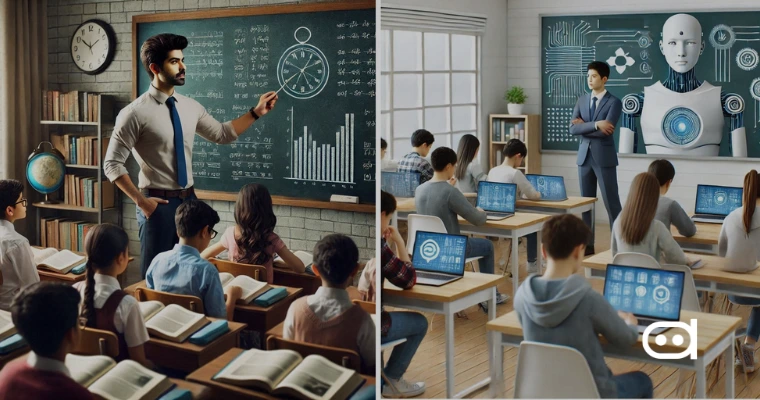
Artificial intelligence has rapidly become one of the most potent tools in the modern industrial revolution, influencing areas ranging from healthcare to finance, and education is no exception. AI-powered technologies have made the learning environment and its management interesting and effective, introducing innovative ways to facilitate teaching and learning activities.
Traditional education methods have been around for centuries. While largely effective, they have been shown to be insufficient in satisfying individual learning demands. On the other hand, AI in education enables personalized learning experiences, an intelligent tutoring system, and automated administrative duties. AI algorithms use large amounts of data to determine individual strengths and weaknesses, in custom-designed instructions for learners. Further, AI solutions offer instant feedback to students, allowing them to learn from their mistakes and improve their understanding.
Both approaches have their strengths and weaknesses, and understanding these differences is key to predicting the future of education. Traditional teaching will continue to exist, as AI will only complement it, rather than replace it, providing an expert perspective on the formation. This hybrid model of education integrates the best aspects of both human touch and traditional teaching methods.
What Are Traditional Teaching Methods?
Traditional teaching involves a teacher presenting lessons to students via lectures, discussions, and written assignments. These teaching methods focus on real-world human interaction, structured learning environments, and well-established curricula. Let’s discuss the structure, strengths, and challenges of this way of teaching:
Structure of Traditional Education
Traditional education is based on fixed schedules, standardized textbooks, and direct teacher-student communication. Teaching takes place in physical classrooms with a linear progression of learning based on standard, prescribed syllabi.
Strengths of Traditional Teaching
Traditional methods implement structures and discipline, promote interpersonal relations among students with teachers or instructors, ensure cooperative learning via group activities, and provide stability in learning processes.
Limitations of Traditional Teaching
The traditional education system’s rigidity caters to average students while disregarding their individual learning needs. This style heavily relies on teaching methods that are common and effective for most learners, but not for all. Additionally, it consumes a significant amount of teachers’ time for grading and administrative tasks.
AI-Driven Teaching
AI-driven teaching may involve methods such as machine learning algorithms, adaptive learning platforms, and intelligent tutoring systems, which will transform the entire educational experience. The following are the benefits, advantages and disadvantages of using AI tools for education:
How AI Enhances Learning
Customized Learning Plans: AI in education customizes lessons for each student based on their requirements, preferences, and learning rate.
Efficiency in Administrative Tasks: AI has made grading, attendance, lesson planning, and other tasks more efficient, saving teachers significant time.
Performance Metrics Analysis: The performance metrics of an AI system assist identify concepts that students need help with and help teachers develop new teaching approaches.
Benefits of AI in Teaching
Available 24/7: AI-powered learning tools are not limited to classrooms and are available to students at any time.
Scalability: The number of possibilities for human interaction can be raised significantly without jeopardizing the quality of training.
Engagement: Interactive AI tools such as gamified learning platforms or virtual tutors will increase participation and interest in learning.
Cons of AI-Driven Learning and Education
Data Privacy: Any student data that is processed or stored poses major privacy and security concerns.
Technology Infrastructure: AI deployment is problematic in locations with power shortages since reliable infrastructure is needed.
Over-Dependence on AI: Excessive reliance on artificial intelligence is likely to impair critical thinking and interaction with the teacher during a shared experience.
AI vs. Traditional Teaching Methods: Key Differences
Personalization
Traditional teaching would not allow personalization because a lesson course is designed for an average learner. However, AI allows one to personalize content by taking into consideration each learner’s strengths, weaknesses, and interests.
Availability
Traditional teaching is limited to specific times and locations. AI-enabled platforms provide 24/7 access to learning content, allowing students to study when it is most convenient for them.
Student Engagement
Traditional education methods relied on teacher-led activities to keep students interested and engaged, but this is no longer the case. AI tools, such as gamified apps and interactive simulations, can improve learning engagement and dynamics.
AI as a Supportive Tool for Teachers
If you’re wondering, “Can AI replace teachers?” The simple answer is “no.” With AI tools in education, there is no replacement for the teacher. In fact, teachers can enhance their skills by utilizing AI tools as assistive technology. Automation will take over administrative and repetitive tasks, allowing a teacher to spend more time engaging with his or her students and developing creative lesson plans. Artificial intelligence in classrooms supports teachers in many ways:
Streamlining Workflows: Grading, attendance, and scheduling lessons can be automated.
Resources: Get learning content and insight through AI-enabled platforms.
Personalized Instruction Support: AI not only increases personalized learning for students, but it also allows teachers to upgrade their knowledge.
The Future of AI in Education
AI in education appears to be pointing toward a future of mixed learning paradigms, in which the classroom and AI-enabled tools will merge. The educator will continue to foster creativity, empathy, and critical thinking in students, while integrating AI tools in classrooms will enhance efficiency and accessibility. Several trends are taking shape in the sphere of education:
Blended Learning: Face-to-face teaching plus AI-powered platforms create flexible environments for studying.
Lifelong Learning: AI has a role in continuous learning, bringing adaptive resources for learners of all ages.
New Pedagogical Models: New ways, like flipped classrooms and competency-based learning, will merge AI with old practices to maximize student outcomes.
Conclusion
Traditional teaching and AI-generated education carry their respective advantages and disadvantages. While conventional strategies excel in fostering interpersonal relationships and establishing structure, they fall short in terms of personalization and scalability. However, incorporating artificial intelligence into the process enables significantly higher levels of engagement. Thus, future learning will be a balanced blend that incorporates the best aspects of both approaches.
